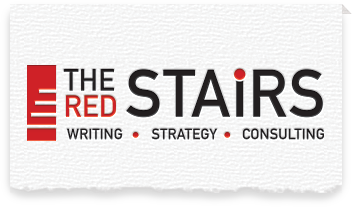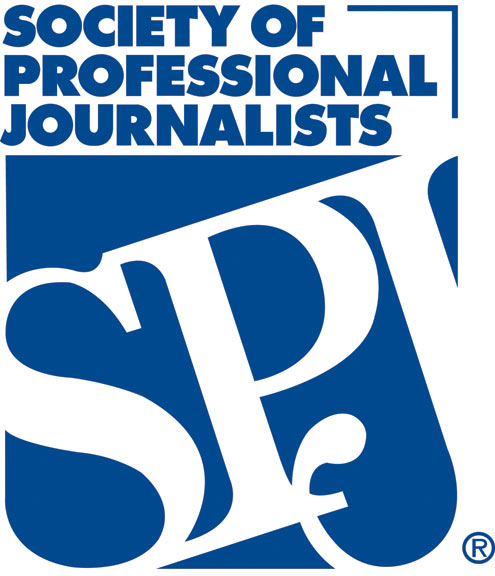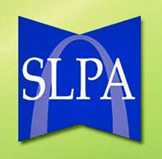Is your sales force using all those beautifully designed, expensive marketing materials your marketing department and creative agencies are producing?
According to a survey “State of the Sales Rep” published by Barinshark in October, frustrated sales people across America are engaged in productivity-busting activities because they don’t have the sales materials they need to do their jobs.
Sales professionals view marketing materials with an unhealthy dose of suspicion. Many (41 percent) worry that the materials are out of date and 28 percent say the documents provided by their marketing department miss the point and are not relevant. In fact, 51 percent of sales professionals say they modify literature and create their own documents from scratch.
Businesses that don’t give their sales force effective sales collateral are being hit with a triple whammy.
- The time and cost of producing sales and marketing literature that is not used.
- Sales professional who are writing content and designing brochures instead of closing sales represent a massive opportunity cost for any businesses.
- Brands may be damaged and marketing messages diluted when sales reps try to create what they need.
Why is sales collateral so difficult to produce?
The problem is not so much that sales literature is especially difficult to create, although it does take the considerable skill and knowledge of a professional sales writer, the challenge is understanding why marketing and sales documents are not interchangeable.
Sales and marketing are not the same; their collateral needs differ enormously.
Marketing’s goal is to identify markets and persuade a targeted group that you, your brand and your company are the right choice to solve specific problems. Marketing messages target prospects and generally work from a distance through advertising, public relations and brand marketing. Marketing’s job is to prepare the way for sales.
If marketing has done an effective job, your sales team will have two big advantages. Prospects who are aware of your brand and a flow of good quality leads.
Sales people work with leads. This means they work with people not with markets. Sales techniques include one-on-one meetings, cold calling and networking. A sales person needs materials that help him move leads from cold to warm to a closed deal.
When you realize that your marketing literature persuades from a distance it is easy to see why sales people find it next to useless.
Sales consultants need collateral designed to focus a specific client; provide relevant nuts and bolts product and service information; and offer compelling reasons to buy.
At the bottom of the sales funnel, your sales force is working with a person, not the market.
Effective sales collateral has the following features:
- Focuses on your client’s need. Sales collateral examples include case studies and customer testimonials.
- Provides detailed information about your product or services. Product pages and data sheets are good examples.
- Is designed for those who are actively considering your solution. Product demonstrations and white papers offer compelling proof.
- Makes selling easier by motivating the buyer. ROI (return on investment) reports for the industry or based on data provided by the client.
- Includes calls-to-action. Consider coupons, free trials and promotions.


 Society of Professional Journalists (SPJ) Board Member since 2012
Society of Professional Journalists (SPJ) Board Member since 2012 Society of Professional Journalists (SPJ) Board Member since 2014
Society of Professional Journalists (SPJ) Board Member since 2014 American Copy Editors Society (ACES)
American Copy Editors Society (ACES)
